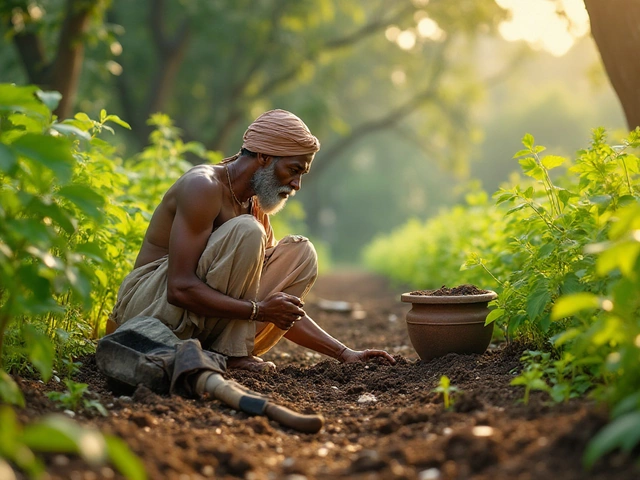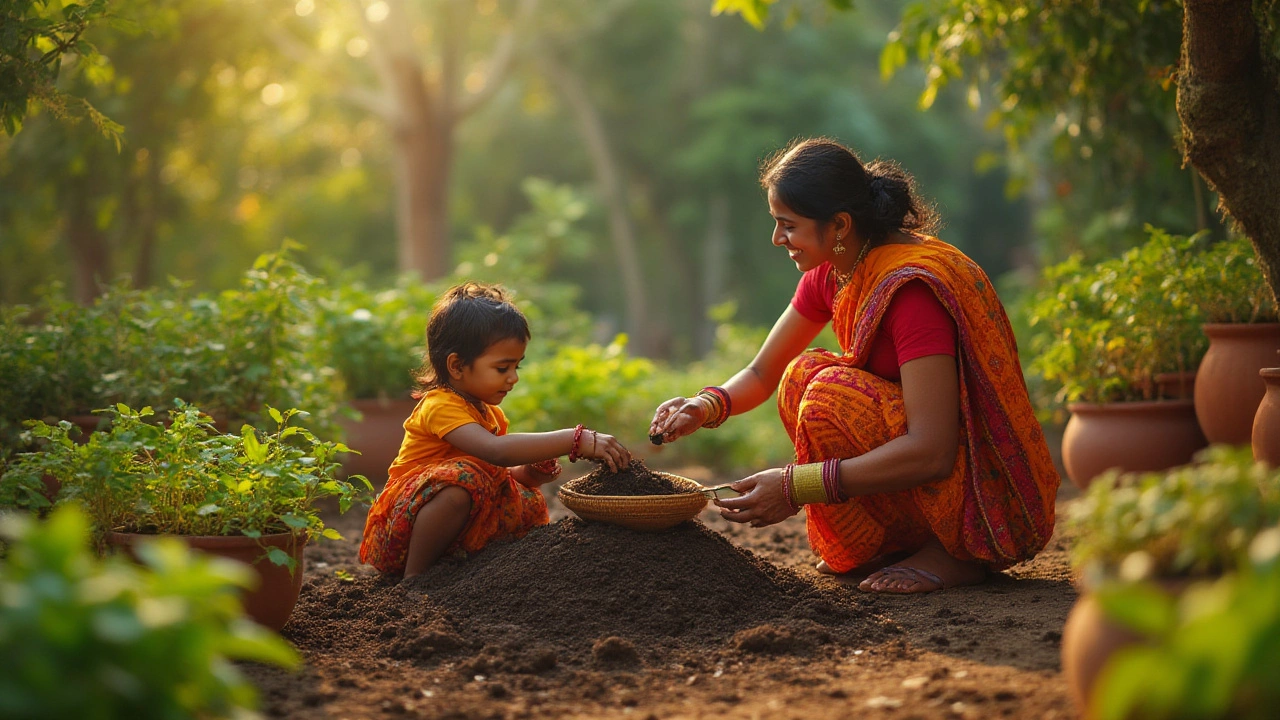Loose Garden Soil: Simple Tips to Keep It Light and Productive
If your garden feels like a swamp after a rainstorm, the soil is probably too compact. Loose garden soil lets roots breathe, water flow freely, and nutrients reach every part of the plant. In plain words, the lighter the soil, the happier your garden.
Why Loose Soil Is Key for Garden Success
Compact soil squeezes air out, so roots can’t get the oxygen they need. Without oxygen, plants grow slowly, turn yellow, or even die. Loose soil also improves drainage, preventing water‑logging that can rot roots. When water moves through the soil at a steady pace, the plant gets a steady supply of moisture instead of a sudden soak‑and‑drain cycle.
Another win is nutrient availability. In dense soil, minerals get stuck and it takes a lot of effort for roots to pull them in. Looser soil creates a bigger surface area for roots to explore, which means better nutrient uptake. This is especially important for cash crops like broccoli or rice, where high yields depend on optimal soil conditions.
Easy Ways to Make Your Soil Loose
1. Add organic matter. Mix in compost, well‑rotted manure, or leaf mould. These materials break down into humus, which acts like a sponge that holds just the right amount of water while keeping the soil structure light.
2. Use coarse sand or perlite. For heavy clay, a 1‑to‑2‑ratio of sand to soil can improve texture. Spread the sand evenly and work it in with a spade or fork.
3. Practice crop rotation and cover crops. Growing legumes or grasses for a season adds root mass that loosens soil naturally. When you till the field afterward, the dead roots leave channels for water and air.
4. Avoid over‑watering. Too much water compresses soil particles. If you use drip irrigation, bury the lines at the correct depth (about 10‑15 cm) so water reaches roots without soaking the surface.
5. Limit tilling. Turning soil too often breaks down its structure. A light, shallow till once a year is enough to mix in amendments without destroying the natural crumb.
6. Skip coffee grounds for certain plants. While many gardeners love coffee grounds for acidity, some plants—like those that prefer alkaline soils—don’t take well to them. If you’re not sure, keep coffee grounds away from those species.
7. Let tap water sit. If your water is heavily chlorinated, let it sit for a few hours before using it. This prevents chemicals from tightening the soil.
By combining these steps, you’ll transform heavy, compact dirt into a fluffy, loamy mix that encourages roots to spread. Remember, the goal isn’t to make the soil sand‑like—it’s to achieve a balanced texture that holds enough water yet drains quickly.
Ready to give your garden a boost? Start with a handful of compost, work it in, and watch the soil loosen up after the next rain. Your plants will thank you with greener leaves, bigger fruits, and fewer pest problems.
How to Loosen Heavy Garden Soil: Simple Additives for Better Texture
Heavy, compacted soil can suffocate plants. Discover easy ways to lighten your garden’s soil—add compost, sand, and more for healthier roots.
About
Soil Improvement
Latest Posts

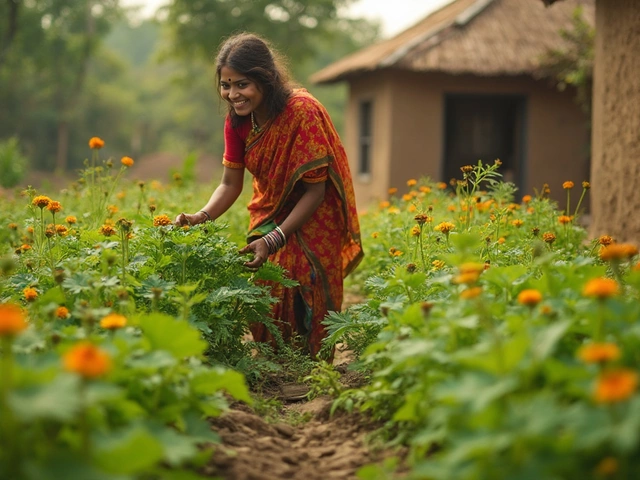
Vegetables Native to India: What Every Gardener Should Know
By Alden Thorne May 27, 2025
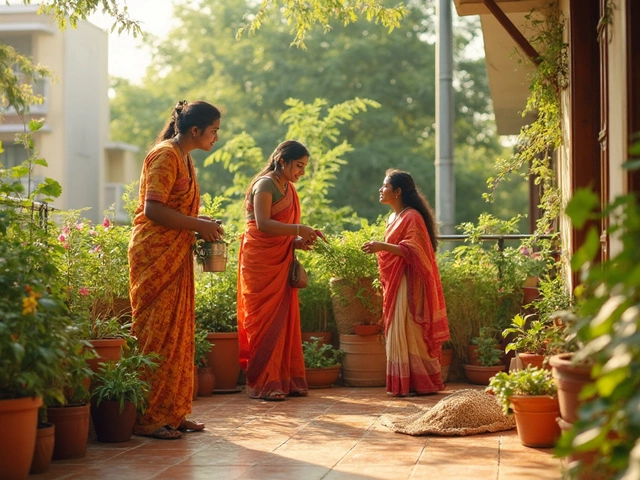
Eco Friendly Garden: How to Start One Step-by-Step
By Alden Thorne May 31, 2025
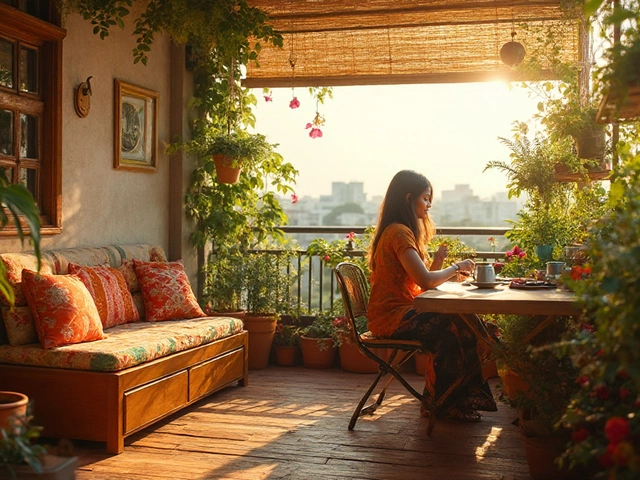
How to Maximize a Small Balcony: Layouts, Vertical Garden, Storage & Seating Ideas
By Alden Thorne Sep 16, 2025
